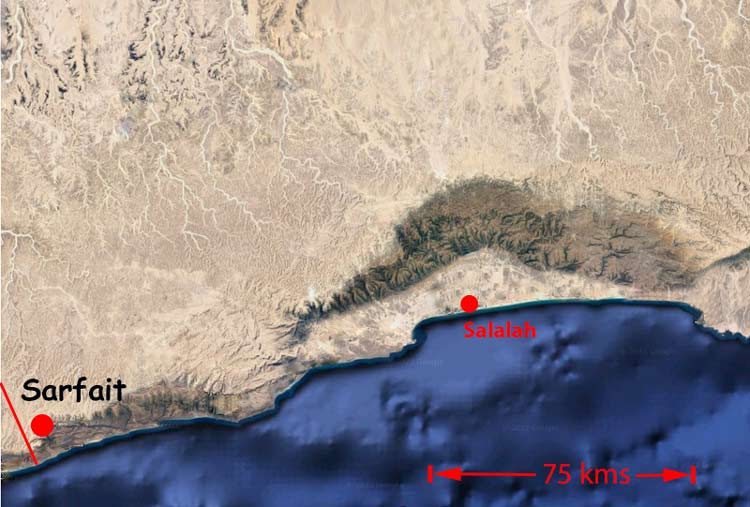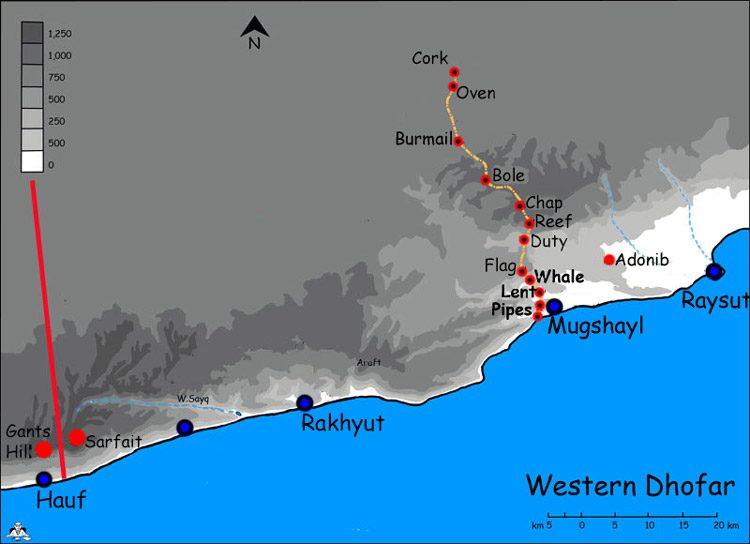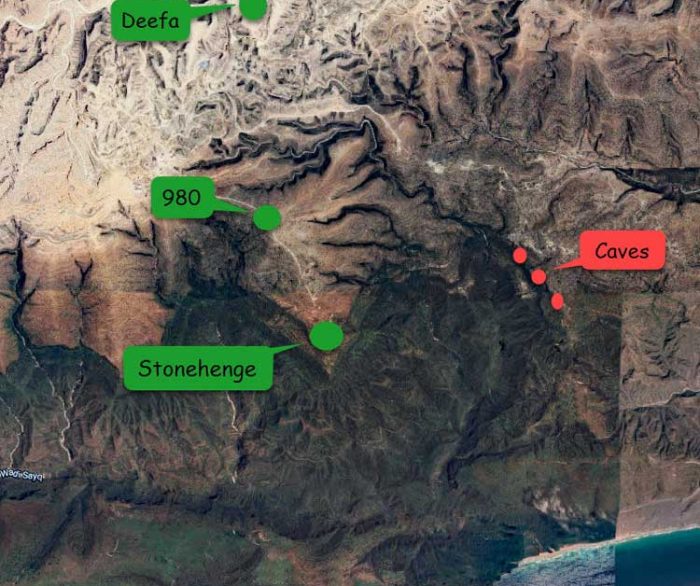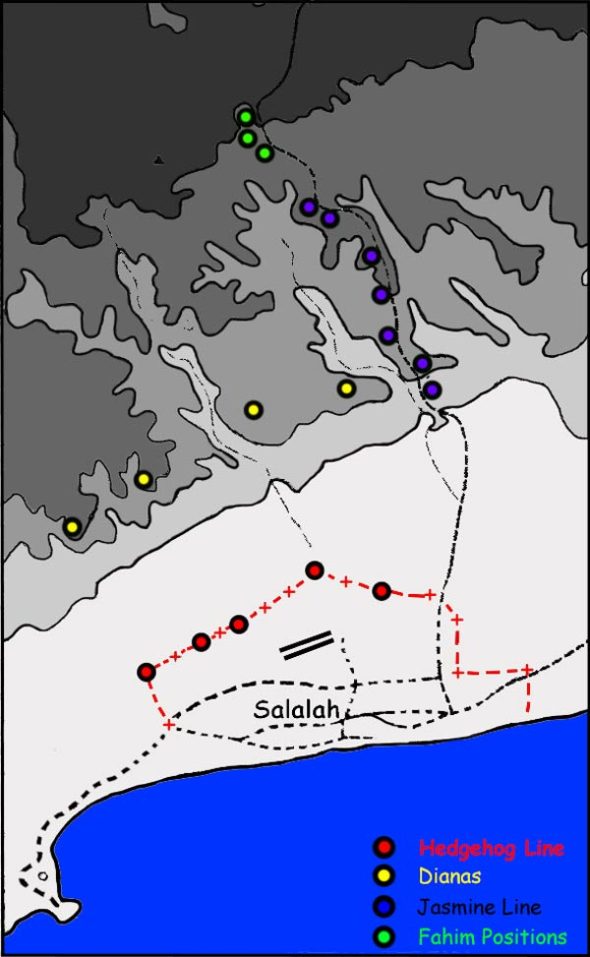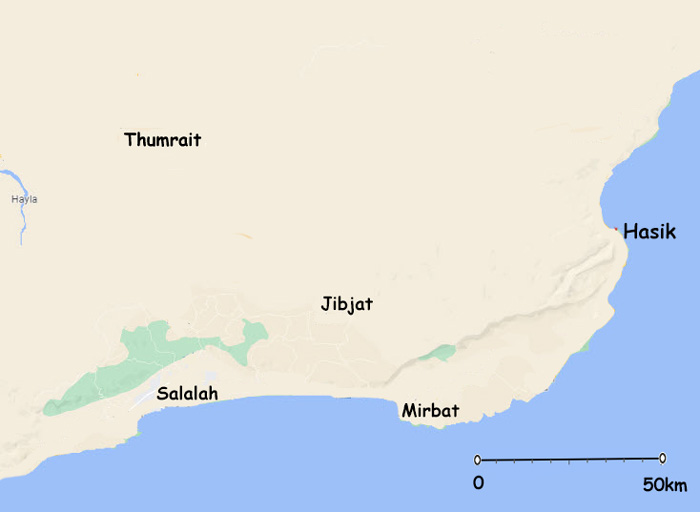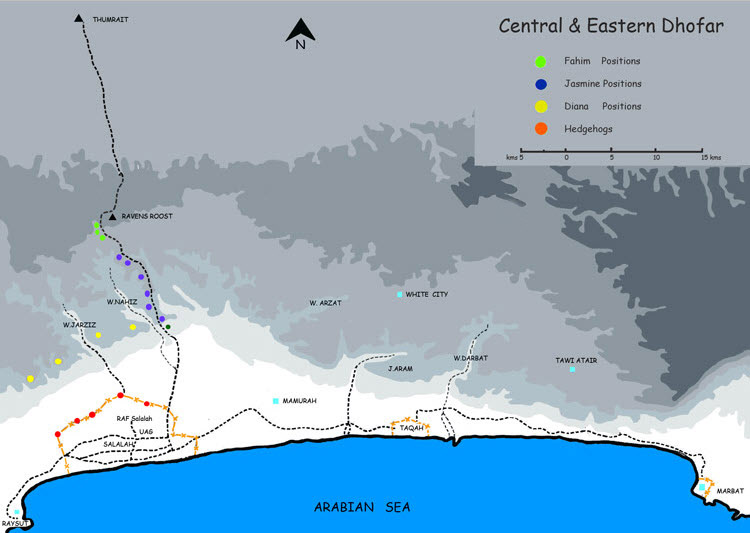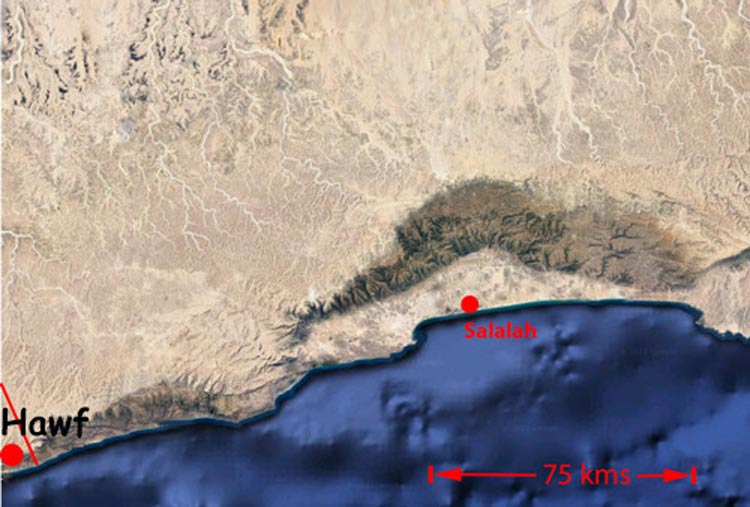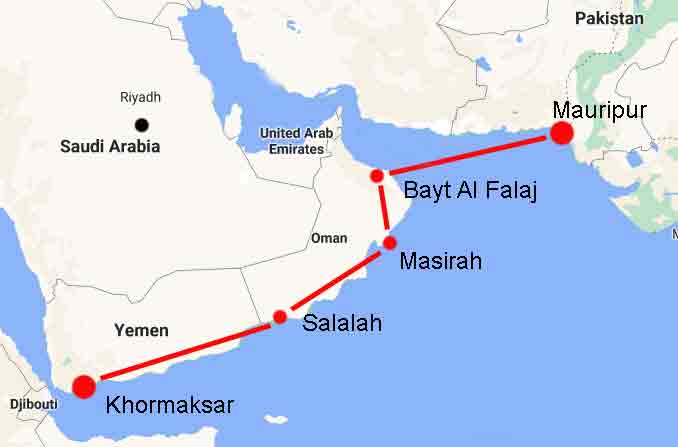
Finance for the Dhofar War.
Who paid ?
The UK had a significant input with men, materiel and funds into the war in Dhofar. However the civil servants in Whitehall were determined that value for money was obtained and charges were made for services that were provided. Both the civil servants and the military in MOD were also determined that the number of UK military personnel was limited perhaps recalling the words of T.E. Lawrence :-
“Do not try to do too much with your own hands. Better the Arabs do it tolerably than that you do it perfectly. It is their war and you are there to help them, not to win it for them.”
This sentiment was applied most strongly to the SAS who were almost fobidden to engage in combat and which of course was impractical and was ignored.
Whitehall however was not prepared to “rip the sultan off” and where provision of services was of benefit to the UK no charges were made. – see the letter referring to the FST
In March 1972 the Chiefs of Staff Committee met to consider the
“Future United Kingdom Defence Activity in Oman”
In ANNEX A TO COS 37/72 in paragraph 32 they put down their thoughts about the finance of the war in Dhofar
- The sultan was to pay the full cost of personnel on loan to SAF and SOAF
- The assistance from the FST and SAS had been provided since September 1970 on an lower extra cost basis from the Government of Oman. The reasoning behind this being that it was to be a short term commitment which “had special training value for the services and which would contribute to stability in the Gulf area during the difficult period of our withdrawal from Bahrein and Sharjah”
- The lower rate would continue until June 1972 even though the circumstances which justified it now no longer existed.
- No charge would be made following the changes as this might be thought to be unreasonable.
- In the future a full cost basis would be used for direct assistance but a bit of “horse trading “was considered “if some identifiable return could be established, e.g. in the context of a quid pro quo for abandoning our current commitments for the defence of Salalah airfield.”
It was all very well for the Chiefs of Staff to try and extricate money from the Sultan in order to protect British interests in the area but the question that needed addressing was “Did the Sultan have sufficient funds ?” They might be his own funds or funds from friendly neighbours. The Jordanians, Iranians and the Saudis interests would be best served from suppressing the rebellion in Dhofar.
Oman relied upon its income mainly from its oil reserves which were not large compared with those of her neighbours to the north in Saudi, the Gulf States and Iran.
Production of oil was still relatively low and very little LNG was exported. There had also been precious little rise in the price of crude oil for many years. That was about to change but this was not apparent in 1972.
The blue line on the graph shows the nominal oil price and the yellow the $(2008) price.
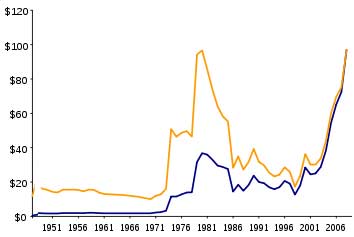
The bottom line was that the Sultanate had a war to pursue, both in its interest and in the UKs interest, were it to survive and there were not the funds to do it – Yet.
The Defence Secretary was very keen that the Sultanate be supported and that the least embarrassing way of providing assistance would be to “waive any forthcoming bill for the SAS and their activities”. The Treasury took a different view and were not really too keen on supporting the Sultan as from their perspective it was not good value for money and would not give any measurable return. However should it go ahead there were methods of keeping it out of the public gaze by avoiding Parliamentary scrutiny.
On the 21st August 1972 the Chief Secretary to the Treasury’s wrote to the Permanent Secretary in the FCO
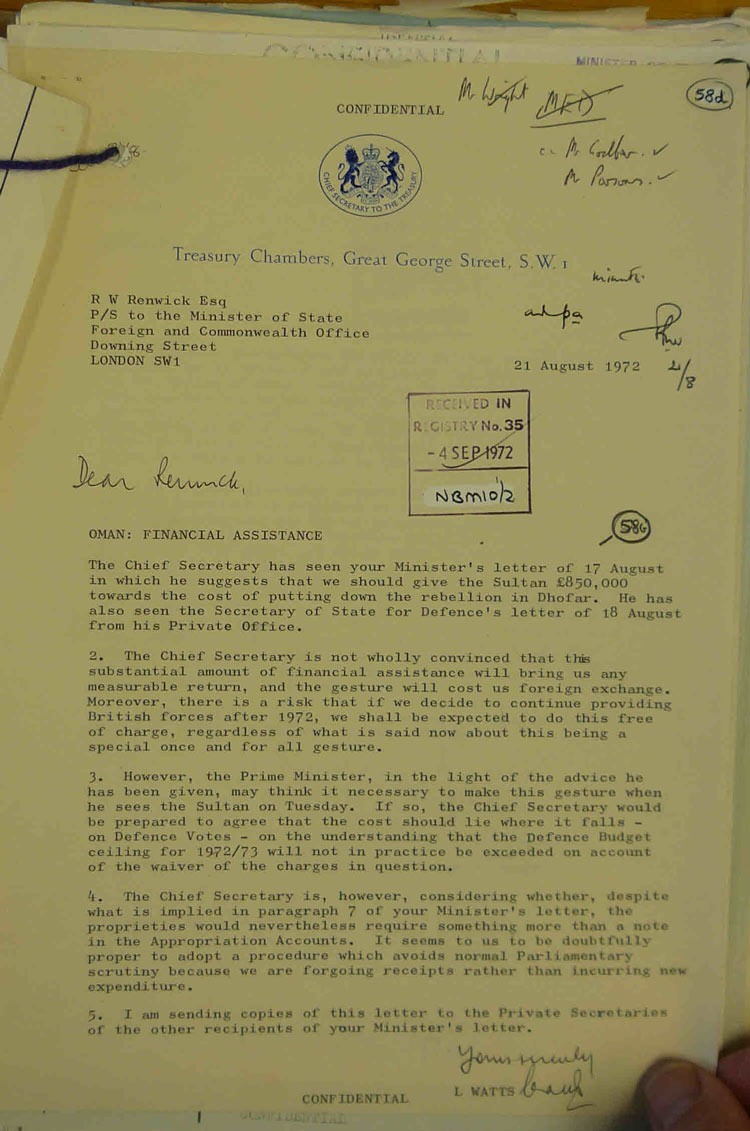
On the 22nd of August 1972 the Sultan meets Mr Heath
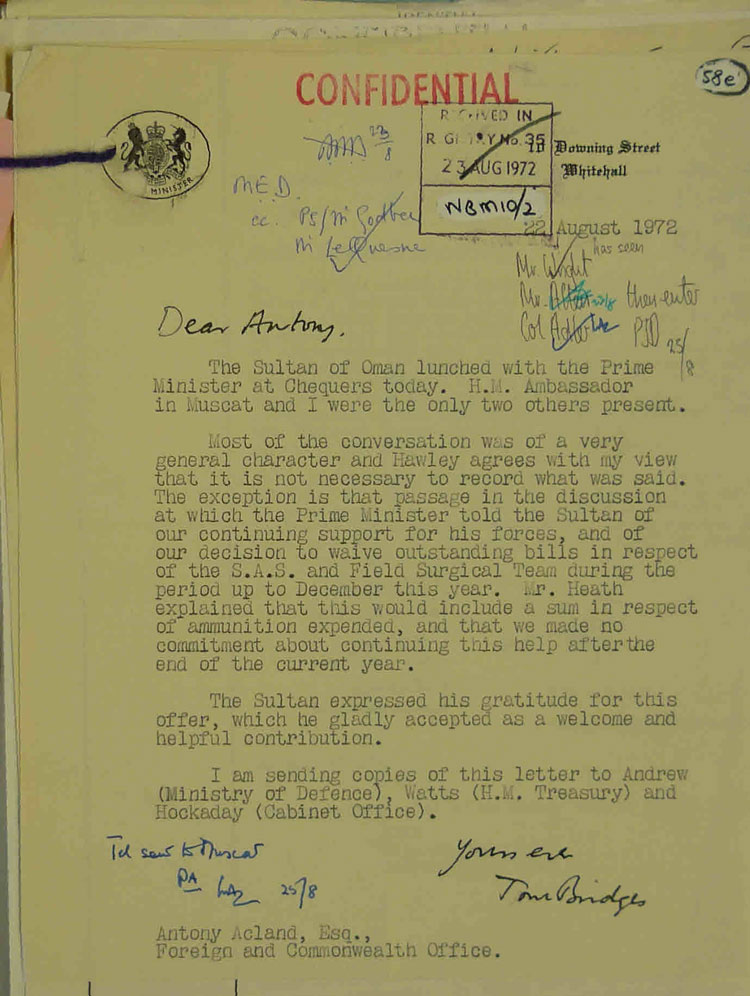
The 19th of September sees the details of the expenses waiver
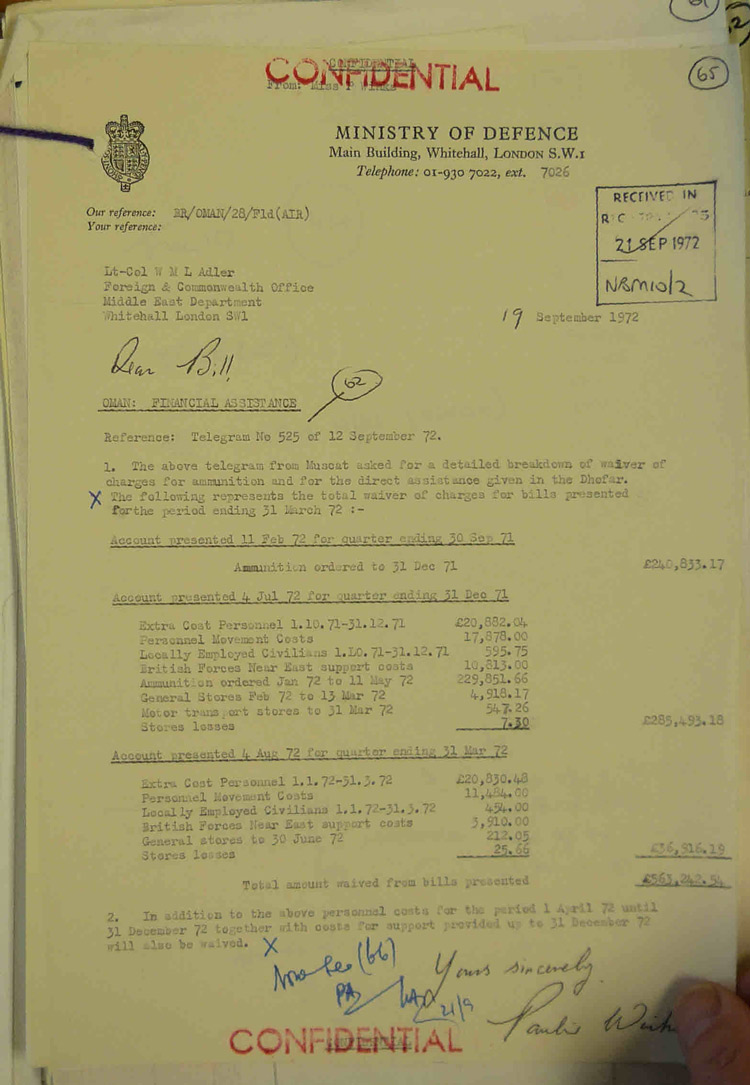
I‘m almost certain that all British troops deployed to Oman (at least from 1970 onwards) either as units (SAS / FST / Sapper Sqn / Cracker Bty* etc, etc) or as loan service individuals to SAF and then subsequently to the three services, were paid for by Oman.
I recall some hard talking in the 1980s by the Head of Resources under Gen Tim Creasey when Tim was the boss, at the MODUK who were charging some unbelievable sum for loan service RAF pilots, who were flying as much in an 18 month tour with SOAF as they would get in about 10 years in UK / Germany.
Individuals on contract were of course paid for by Oman.
Iran paid for its Brigade, and I think Jordan paid for its Sapper Sqn and Special Forces Bn. Jordan donated a Sqn of Hunter aircraft in 1975.
Oman paid the Indian government for its medical and naval staff on loan to Oman
Walter Ladwig III provides more details in his paper on counterinsurgency found elsewhere on this website

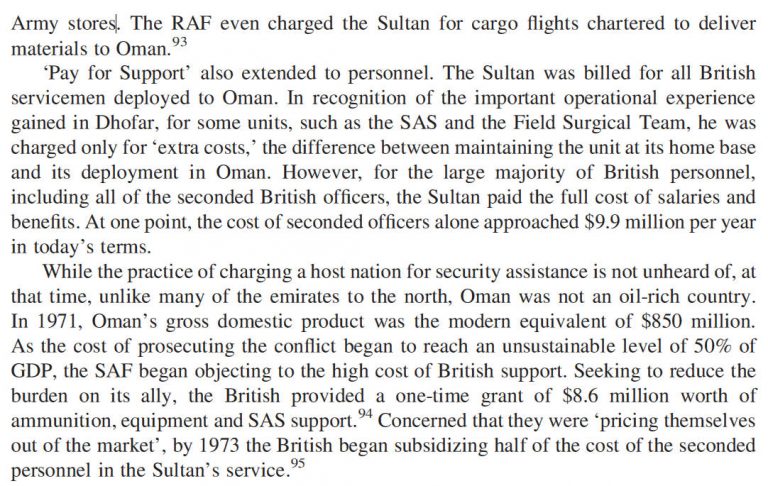
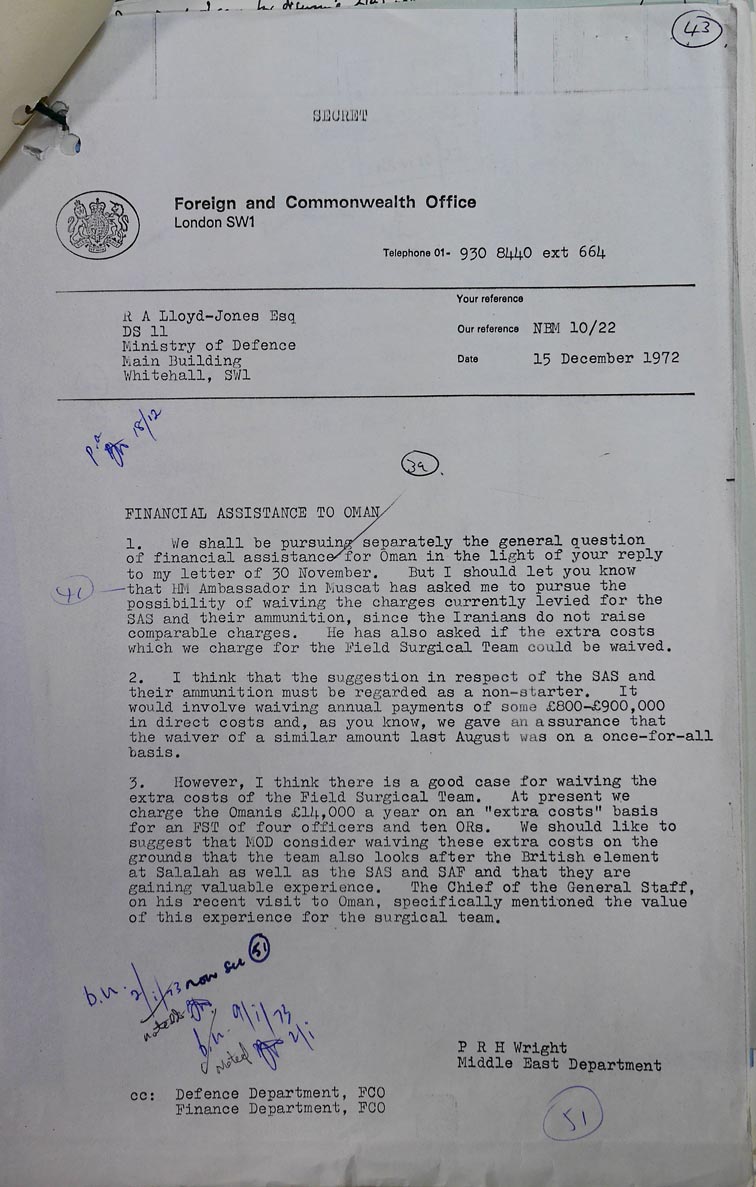
* 25pdr Ammunition was charged to the Sultanate at £20 per shell

